For obvious reasons, many have voiced surprise that we, AB editors, decided to make an attempt to come to St. Petersburg in 2020. We were also surprised, and even more surprised it’s happened. We already had enough challenges in 2020: in addition to our own run-in with the pandemic, we had to evacuate twice in the summer and autumn due to no fewer than three forest fires raging near the Blues Campus in the mountains in California.
But in Petersburg people were waiting for us. They asked about our arrival. Apart from urgent practical matters in the city and on Apraksin Lane, we acutely felt that we should come this year. For the sake of authors and allies, for the sake of the publication in its anniversary year, for the life of the Petersburg editorial office, for the sake of truth and faith.
And now we have been in St. Petersburg for over a month! We arrived on crammed planes via Istanbul and sat out our quarantine, and we’re now meeting with people individually or in small groups, as is done now. Of course, many people ask about larger gatherings, performances, exhibits. We have to postpone all that — let’s see where both general and particular circumstances turn. The main thing is that here, at the birthplace of AB, there’s new strength to draw on and share, just as from all interactions with the local scene. It’s very noticeable how much people are trying to stay intensely engaged with vital matters, including cultural ones. This inspires us! We’re trying, too!
Beautiful print runs of issue 30 were made by Kirill Astakhov and are now in circulation. New materials for issue 31 are being accepted. In the editorial office itself, scholarly articles and novels are being written, papers are being remotedly presented, songs are being composed and recorded. T. Apraksina has started painting in her studio here for the first time in 22 years. And we plan to celebrate Christmas and New Year here, be here for a decent part of early 2021 and generally spend more time here, returning without such long delays as we had to endure this year. So hopefully there’s much more ahead. A new process is clearly in motion!
It was wonderful to celebrate Thanksgiving here. We were joined by our author, Pushkin Prize laureate Victor Kulle, which added a special note to the holiday. Partly because of cues from author Patricia Walton when she came to Leningrad as a student at the start of the 80s, in the last millennium Thanksgiving Day was celebrated many times at our premises on Apraksin Lane, sometimes with foreign guests and sometimes solely with local ones, who discovered their own meanings and justifications for this holiday. What a joy to celebrate it here again now… It seemed no coincidence that in parallel in America in many places it was generally forbidden to pay holiday visits this year. The awareness that people accustomed to celebrating this holiday in America had to keep up the festive spirit in restricted circumstances made the St. Petersburg version seem even more valid and authentic, manifesting the holiday in an even more universal way. As it should be. That perspective was reflected in the occasion’s solemn speeches — even as Viktor Alfredovich didn’t neglect to express gratitude for Robert Frost and for Brodsky’s work in America… Indeed, there are so many things — both shared and personal — for which we feel grateful. Above all, Apraksina reminded, for God being in place.
America’s contribution to the world is contemplated from a darker side in a fresh scholarly article by T. Apraksina, “The Cult of Symbols and Attributes of Death in Contemporary Western Culture.” The article, written in November on Apraksin Lane on the basis of previously compiled materials and impressions, is included in the materials of the December conference of the Professor V.I. Startsev International Association of Historical Psychology. The same conference also included J. Manteith’s article on a pandemic interpretation implied by an Apraksina painting done in California in the first half of the year. We thank our author Tamara Partanenko, also an Association representative, for collaboration and facilitation.
James also spoke at the large International Scholarly Conference of the Color Society of Russia, RUcolor 2020. For his lecture and accompanying article, he chose the theme of two portraits of D.D. Shostakovich painted by Apraksina in 1986 and 1996 and for many years permanently exhibited at the House of Composers in St. Petersburg. An outline was written back in California, while the article and the report itself were prepared on Apraksin Lane under the influence of impressions tied to the obviously strong, active cultural life in St. Petersburg in any era, as well as to reunification with the artist’s local paintings and wanting to “read” them better, much as her works situated elsewhere.
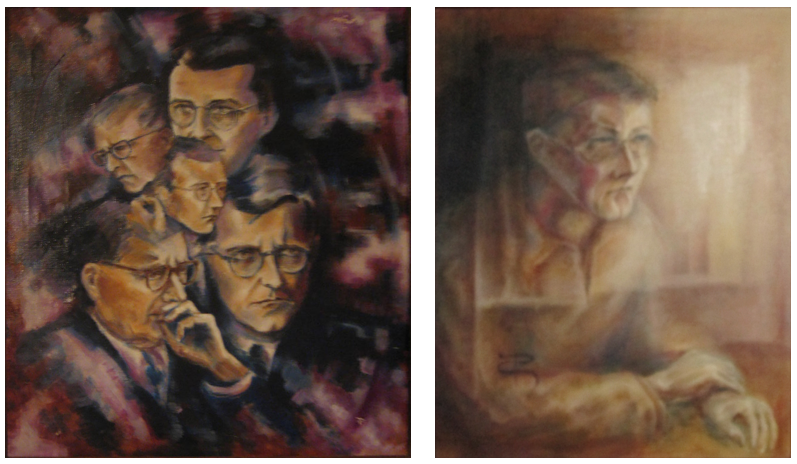
Tatyana Apraksina. “Faces of Shostakovich.” Oil on Canvas, 1986. “Portrait of D.D. Shostakovich.” Oil on Canvas, 1996.
During our stay here, the New York-based translation magazine Cardinal Points (print copies here) published James’ articles on the art of translating the brilliantly emotional, eccentric songs of Alexander Vertinsky, Novella Matveeva and Oleg Woolf. Each author is represented by a song translation suitable for singing. Thanks to editors Boris Dralyuk and our author Irina Mashinski for their support with this publication. In the previous issue of the same magazine, translations (collaborations with Patricia Walton) of Apraksina’s essays and poems appeared.
It’s been a pleasure for us to get to know the team at the projects BGepiphany (BGyavleniye) and Rock Puzzle, led by Andrei Advaytov, an author in the forthcoming issue 31. Both projects are inspired by living interest in the actual depths awaiting within their chosen cultural and musical landscapes. We have also enjoyed being in touch with a BGepiphany-affiliated group interested in translations from the goldmine of Russian songcraft.
We and many others may feel like voices crying in the wilderness, occupying a position not recognized as typifying this age. On the other hand, maybe this moment portends a change of era, with chances for influence.
Different eras declare themselves simultaneously in the life of AB. With special persistence, for example, the themes of Mike and the Leningrad underground are percolating. This in part comes in the wake of the recent release of Alexander Kushnir’s book about Mike, Escape from the Zoopark — whose author consulted, among others, with T. Apraksina and with other AB authors related to St. Petersburg-Leningrad rock-music circles — with Igor Petrovsky, for example, and with Anatoly Zavernyaev (Rodion) and Alexander Donskikh von Romanov — and in the wake of last year’s film about Mike and Tsoi, Kirill Serebrennikov’s Summer, made without entirely without Apraksina and limiting itself to the genre of free fantasy. Although well-received by many, it seems that Summer has legitimized the genre of fantasizing about the history of Leningrad rock music, with the result that now such things as Alexei Uchitel’s new film Tsoi have less and less relation to the real heroes. Apraksina, as a matter of principle, has not watched Summer and has not read Escape from the Zoopark, not wanting to supplant her memory with the foreign approaches of either Serebrennikov or Kushnir. Just seeing stills from Summer with the actor playing the role of Mike, she says, is enough to understand that something is off. Mike simply couldn’t have had facial expressions like the actor’s, and this betrays the absence of Mike’s kind of thoughts.
As for Kushnir’s book, people talk about it and send excerpts that convey the book’s characteristic degree of distortion. Kushnir did not ask for an oral interview with Apraksina, and when he came to St. Petersburg from Moscow to interview Mike’s acquaintances here, she was not in the city and did not have access to her own archives, which were unfortunately heavily pilfered from in the period from 1999 through 2019. In the correspondence between Kushnir and Apraksina, in fact, questions about truly important things were conspicuously absent, although he was happy to note the authenticity of the era’s spirit communicated in the artist’s commentary. This commentary was partly included in the book in an arbitrary form, never offered to Apraksina for verification.
Now even fans of Summer among Mike’s acquaintances are engaged in active polemics against Escape from the Zoopark. As Donskikh puts it, Igor Petrovsky is becoming the “Belinsky of our days” based on the number of pages he has filled with detailed criticism of Kushnir’s account. Thank God there are qualified people ready to do this! It’s a shame that many will now take such spurious official sources at face value or at least will be forced to reckon with them (a little like with the purely nominal relationship of S. Volkov’s Testimony to Shostakovich).
Again, we have long wanted to write more than one solid book about Mike. AB‘s difficult circumstances in recent decades have greatly hindered this — we couldn’t come to St. Petersburg for a sufficiently long stay, and during this time muddy legends gained even greater ascendancy… But many are not content with legends, and some are gradually discovering the truth. Besides, the best we can all do to restore the image of a well-rounded, versatile Mike is to be well-rounded ourselves. What a great need there is for writers who write at the appropriate level of truth!
By the way, such a writer has turned up on Apraksin Lane. He is the hero of a fresh painting created by Apraksina with the remnants of paint in tubes found in her salvaged workshop. Even after 22 years, this paint hadn’t dried up completely, and she managed to scrape out enough to cover a small canvas. Old brushes were also resurrected. The birth of this new painting is a miracle in itself. Our life in St. Petersburg is far from being so arranged as to engage in concentrated creativity. Routine matters pose constant distractions. Nevertheless, now there is a painting from November 2020, The Quill of Aquinas, focusing on a writer, who fits so perfectly into the local environment that one gets the impression that he was always sitting here all those years, writing the huge book that lies open in front of him… Yes, some tasks — creative, military and so forth — take many years.
Strangely enough, it turns out that the color scheme of The Quill of Aquinas bears a direct relation to Apraksina’s already mentioned spring “pandemic” painting. But there, certain colors were used to communicate the desolation of whole strata of mundane reality. Here the same colors are brought into living, inhabited harmony. Something similar is happening now on Apraksin Lane, reminiscent of the return of vital elements to a state suitable for the life of the spirit.
On a corner building at the intersection of Garden Street and Apraksin Lane a large sign reads “Factory.” Toward evening, lights around the sign start flashing. It’s a store of fashion merchandise. And a little further along Apraksin lies AB‘s factory — a factory of people and values. As our author Matt Lucas once spoke of his martial arts dojo in Oakland (the site of AB‘s second studio for eight years now), “We don’t have a product, we just make good people.” Clearly, AB‘s people are already exceptionally good. But when we gather as we can and should, when we acknowledge each other, we become even better. What is truly valuable in one context should remain valuable everywhere and for everyone. This was remarked on late at night on the Lane after the singing of one of our favorite Advent hymns, “People, Look East,” a song that has long held a special significance for us. At the same time, adds Apraksina, “What is valuable is what helps a person to be human.”
Entering the New Year’s season, we’d like to thank everyone who, in one way or another, knows how to distinguish this value under any circumstances. May your deserts be in bloom!

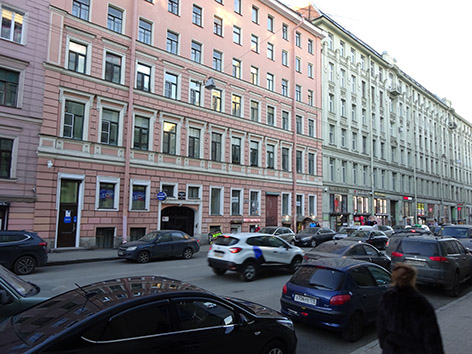
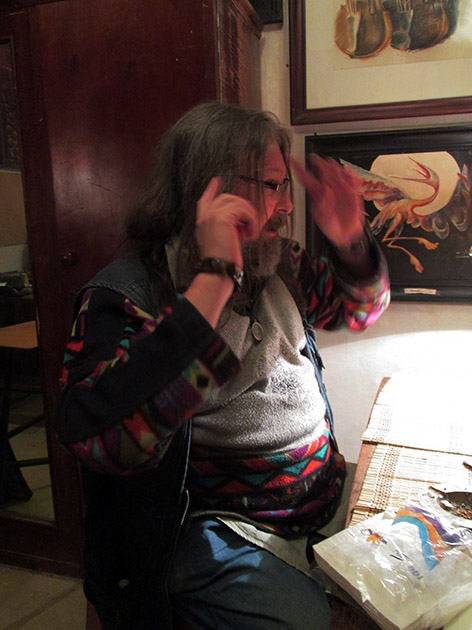
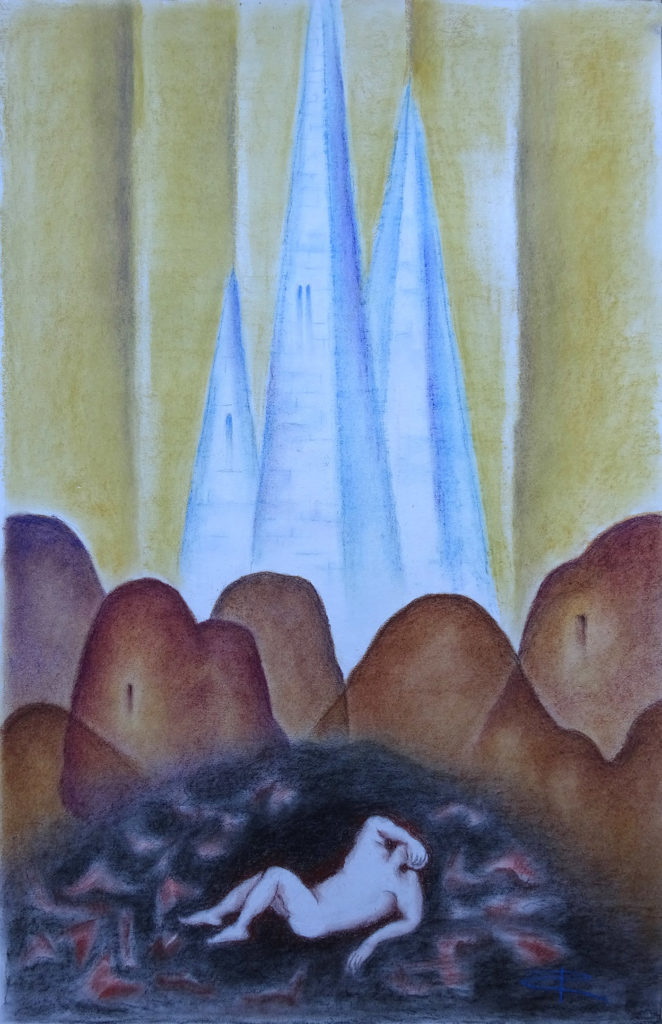
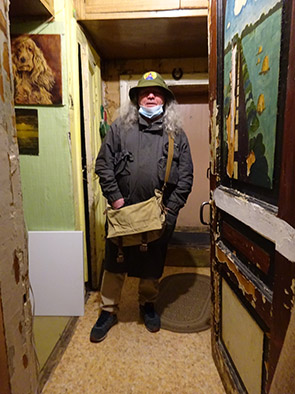
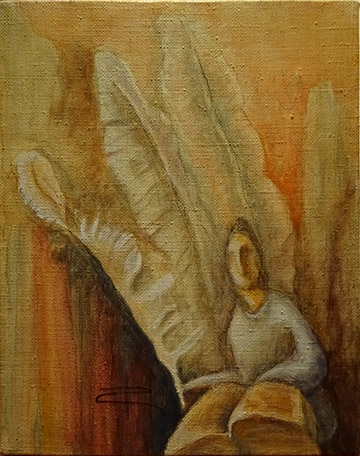
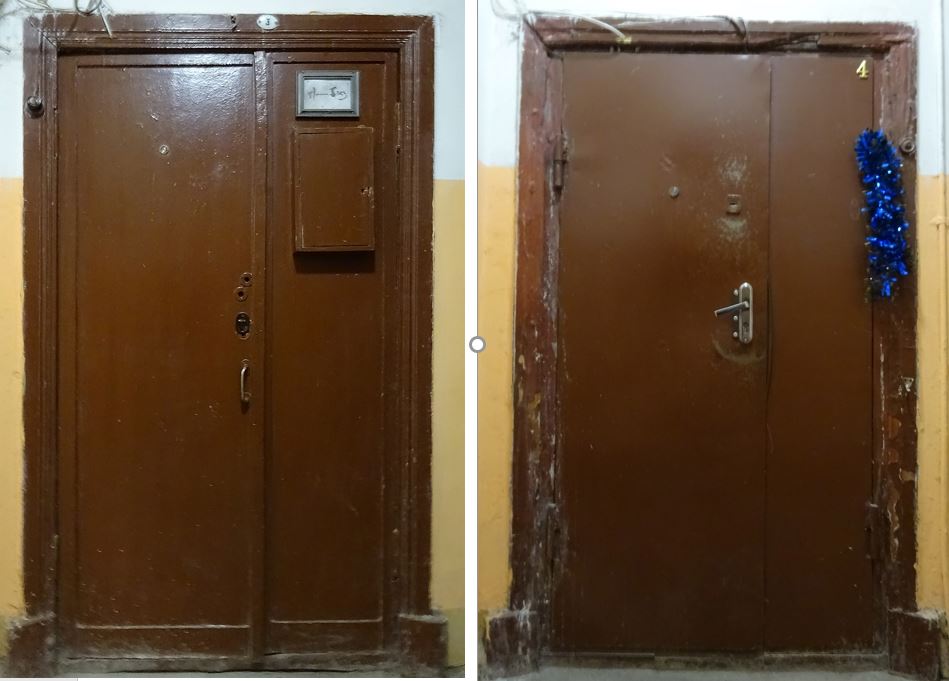
Speak Your Mind